Time for Rankin and Taylor to be rewarded
After 78 years of injustice, finally last December 18-year- old naval sailor Teddy Sheean received a Victoria Cross.
Strange then that two war heroes who fought just as bravely still have nothing. Although retrospective VCs might not be in order for Robert Rankin and Ron Taylor, surely the government should look at Stars of Gallantry for these neglected men.
Already a subscriber? Log in
Subscribe for just $2 a week
Try a month of The Spectator Australia absolutely free and without commitment. Not only that but – if you choose to continue – you’ll pay just $2 a week for your first year.
- Unlimited access to spectator.com.au and app
- The weekly edition on the Spectator Australia app
- Spectator podcasts and newsletters
- Full access to spectator.co.uk
Unlock this article
Dr Tom Lewis OAM is a former naval officer and the author of 16 military history books. His work Teddy Sheean VC, from Big Sky Publishing, is an examination of the Sheean case. He has also just released Eagles over Darwin, a study of how the US Army Air Forces provided the fighter defence of northern Australia in WWII.
You might disagree with half of it, but you’ll enjoy reading all of it. Try your first month for free, then just $2 a week for the remainder of your first year.

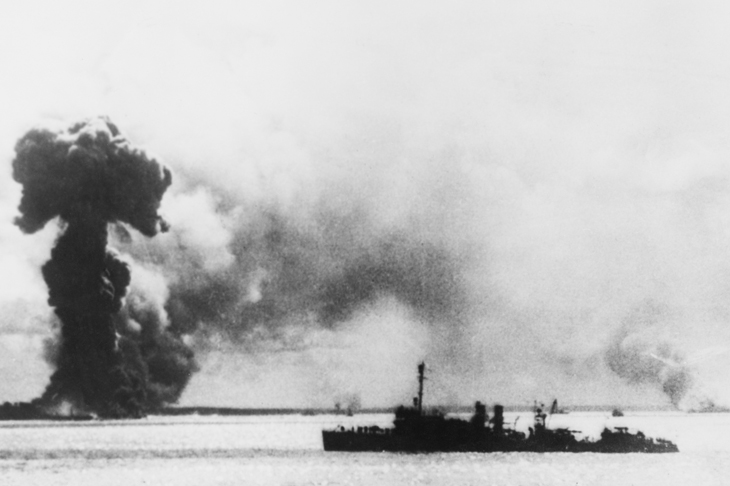
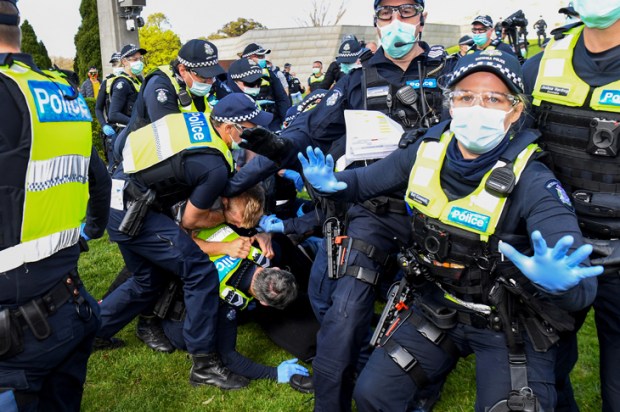
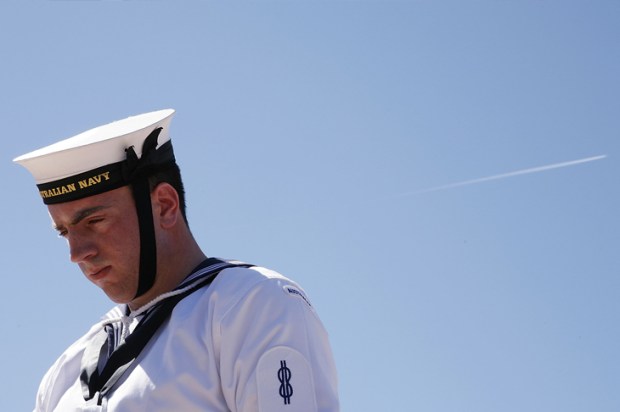
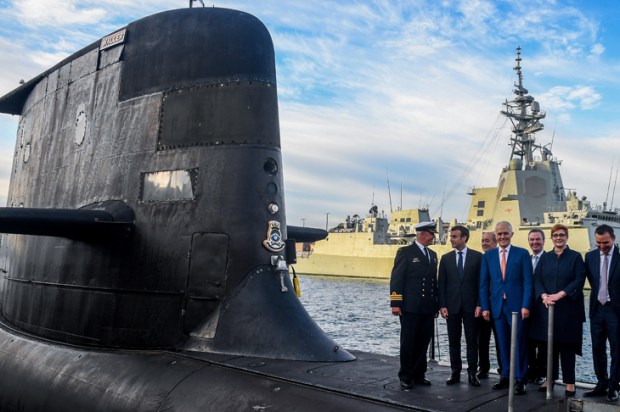
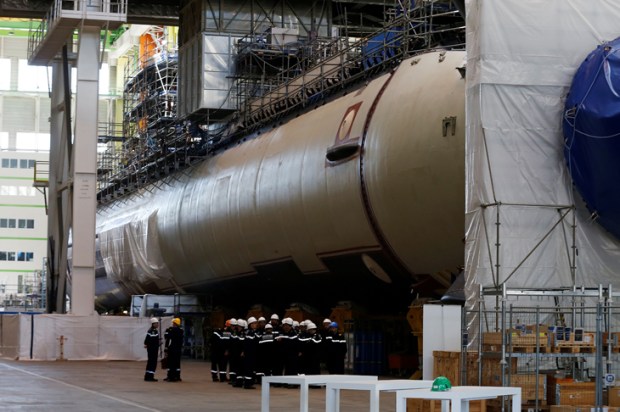
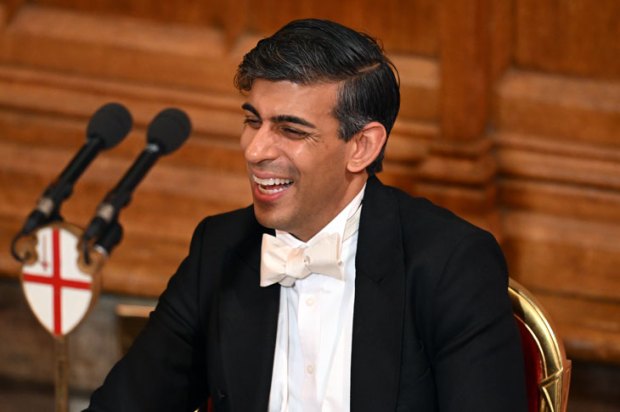
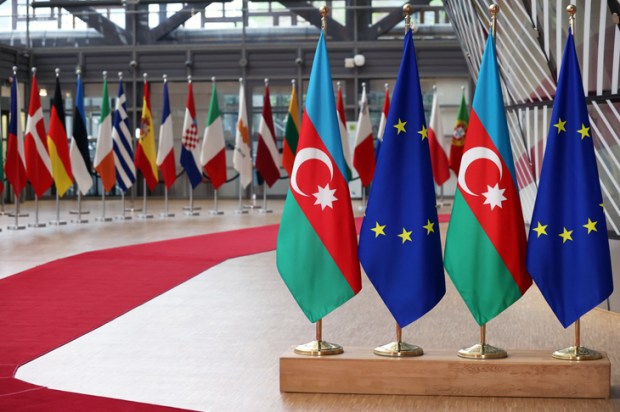






Comments
Don't miss out
Join the conversation with other Spectator Australia readers. Subscribe to leave a comment.
SUBSCRIBEAlready a subscriber? Log in